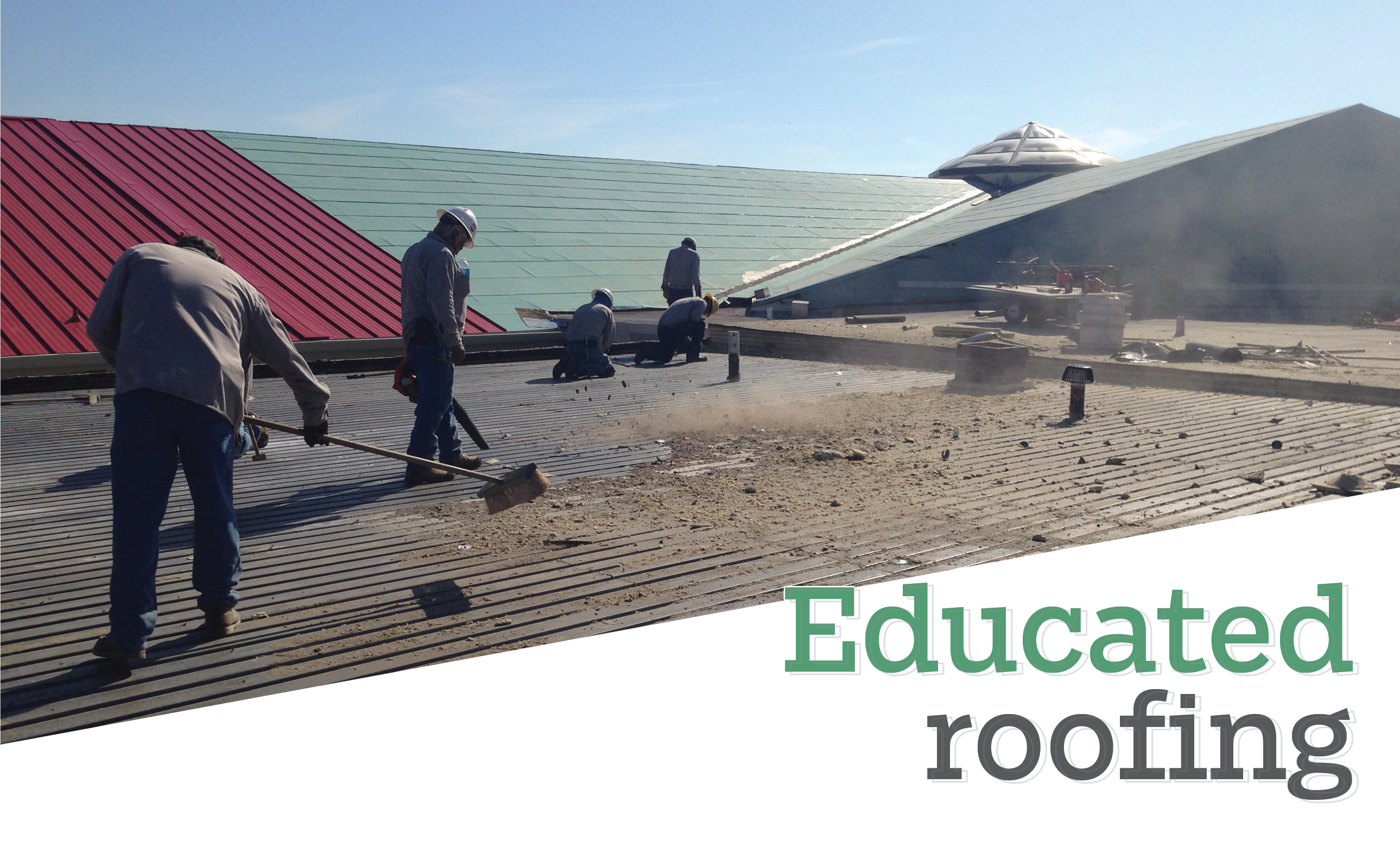Protective roof coatings sometimes are used as roof covering surfacings to provide an additional layer of weather protection. Specific roof coatings also can enhance a roof covering's fire resistance, solar reflectivity and aesthetic appearance. However, not all roof coating products on the market comply with building code requirements.
IBC 2018
In the International Building Code,® 2018 Edition, Chapter 2—Definitions, "roof coating" is defined as "a fluid-applied, adhered coating used for roof maintenance or roof repair, or as a component of a roof covering or roof assembly." The italicized words denote specific additional terms also defined in Chapter 2.
In IBC 2018's Chapter 15—Roof Assemblies and Rooftop Structures, Section 1507.10-Built-up Roofs, Table 1507.10.2-Built-up Roofing Material Standards lists the following roof coating products as acceptable to be applied to built-up membrane roof systems:
- Acrylic roof coatings complying with ASTM D6083, "Specification for Liquid Applied Acrylic Coating Used in Roofing"
- Asphalt roof coatings complying with ASTM D1227, "Specification for Emulsified Asphalt Used as a Protective Coating for Roofing;" ASTM D2823, "Specification for Asphalt Roof Coatings, Asbestos Containing;" ASTM D2824, "Standard Specification for Aluminum-pigmented Asphalt Roof Coatings, Nonfibrated and Fibrated without Asbestos;" or ASTM D4479, "Specification for Asphalt Roof Coatings-Asbestos-free"
Section 1507.12-Spray Polyurethane Foam Roofing lists the following coating products:
- Acrylic roof coatings complying with ASTM D6083
- Silicone coatings complying with ASTM D6694, "Standard Specification for Liquid-applied Silicone Coating Used in Spray Polyurethane Foam Roofing Systems"
- Moisture-cured polyurethane coating complying with ASTM D6947, "Standard Specification for Liquid Applied Moisture Cured Polyurethane Coating Used in Spray Polyurethane Foam Roofing Systems"
Section 1507.15-Liquid-applied Roofing lists the following roof coating products:
- Asphalt roof coatings complying with ASTM D1227
- Acrylic roof coatings complying with ASTM D6083
- Silicone coatings complying with ASTM D6694
- Moisture-cured polyurethane coatings complying with ASTM D6947
The inclusion of these material standards for liquid-applied roof coverings appears to be a misnomer in the code because the roof coating products indicated typically are not used with liquid-applied roof coverings.
In addition to complying with the specific ASTM International material standards indicated in the code, a roof coating also needs to be included in a roof assembly's fire classification listing (testing and certification) for it to comply with the code's Section 1505-Fire Classification. Approved testing agencies' listing guidelines typically require listed products to bear the testing agency's label (UL mark, FM Approvals' diamond) on product package marking.
In IBC 2018, an exception has been added to Section 1511-Reroofing clarifying the application of a new roof coating over an existing roof coating or covering is permitted and will not be considered a roof covering layer.
Compliance concerns
NRCA's review of a number of roof coating products currently available in the U.S. market reveals a notable number of these products do not include the necessary product standards and approved testing agency markings to substantiate code compliance. Also, it is noteworthy specific roof coating requirements are not provided in the code for roof coating use on polymer-modified bitumen membrane, single-ply membrane and metal roof panel roof systems. From these omissions, a reasonable interpretation of the code is roof-coating application over these roof system types is not code-approved. In this instance, use of the code's alternative materials acceptance provisions can be used. Additional information about the code's alternative acceptance provisions is provided in "Other options," June 2008 issue.
NRCA's recommendations
NRCA considers the use of field-applied roof coatings to be a viable option for surfacing roof coverings and roof system maintenance and repair situations when code compliance can be readily substantiated.
NRCA encourages roof coatings manufacturers to make their compliances with applicable ASTM International material standards and fire classifications more readily accessible. Also, manufacturers need to provide the necessary product markings to facilitate designers, specifiers and roofing contractors to be able to substantiate code compliance.
Additional information about specifying and using field-applied roof coatings is provided in NRCA Guidelines for Roof Coatings and in Chapter 7—Surfacings of The NRCA Roofing Manual: Membrane Roof Systems—2019.
NRCA has submitted a series of code change proposals to the International Code Council relating to field-applied roof coatings for consideration in the 2021 I-Codes. These changes are intended to clarify and streamline the codes' requirements for field-applied roof coatings. Initial ICC action on these and other code change proposals will take place during ICC's committee action hearings, April 28-May 8 in Albuquerque, N.M. NRCA looks forward to having roof coatings manufacturers support these code changes.
Mark S. Graham is NRCA's vice
president of technical services.
@MarkGrahamNRCA
This column is part of Research + Tech. Click here to read additional stories from this section.



